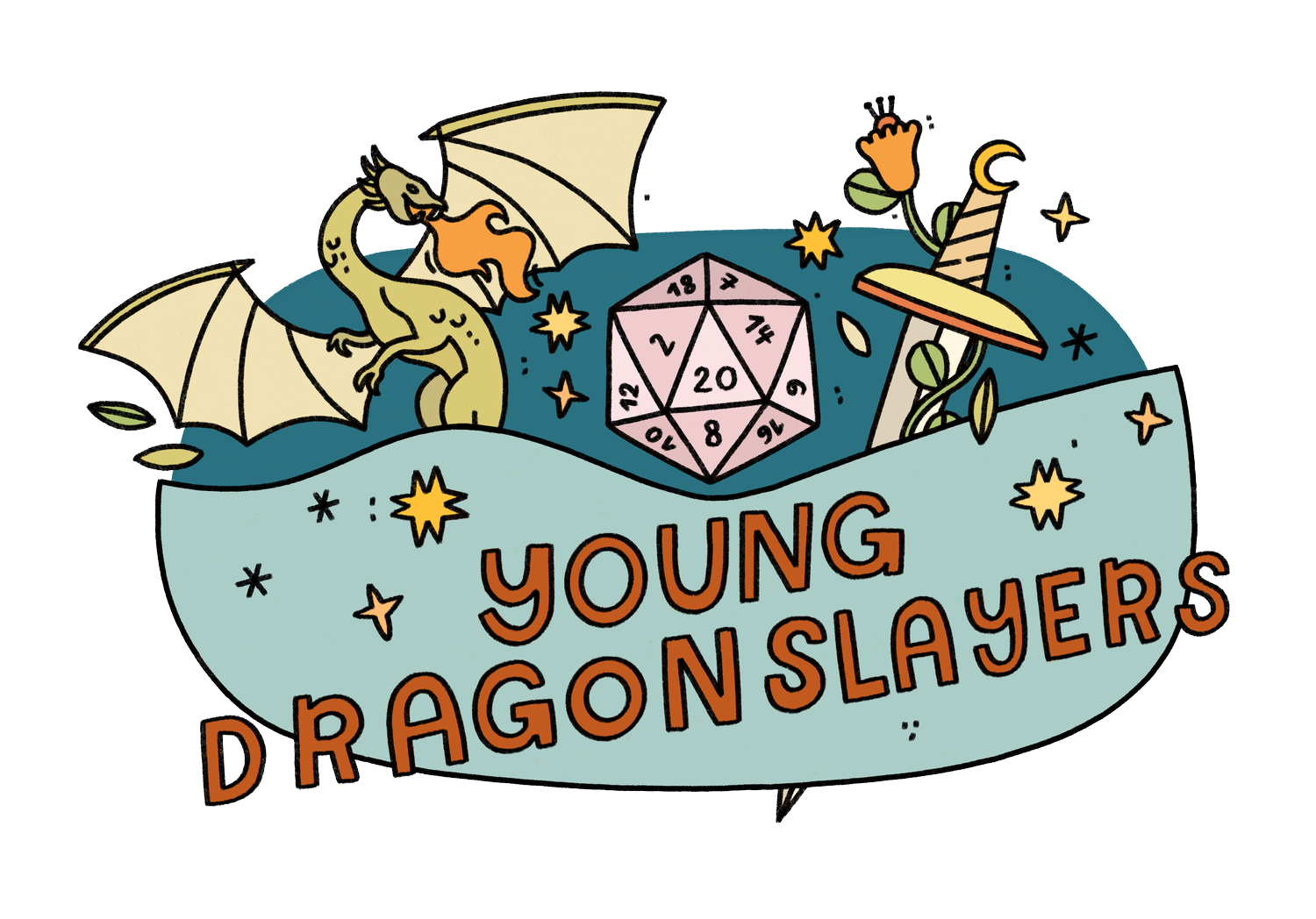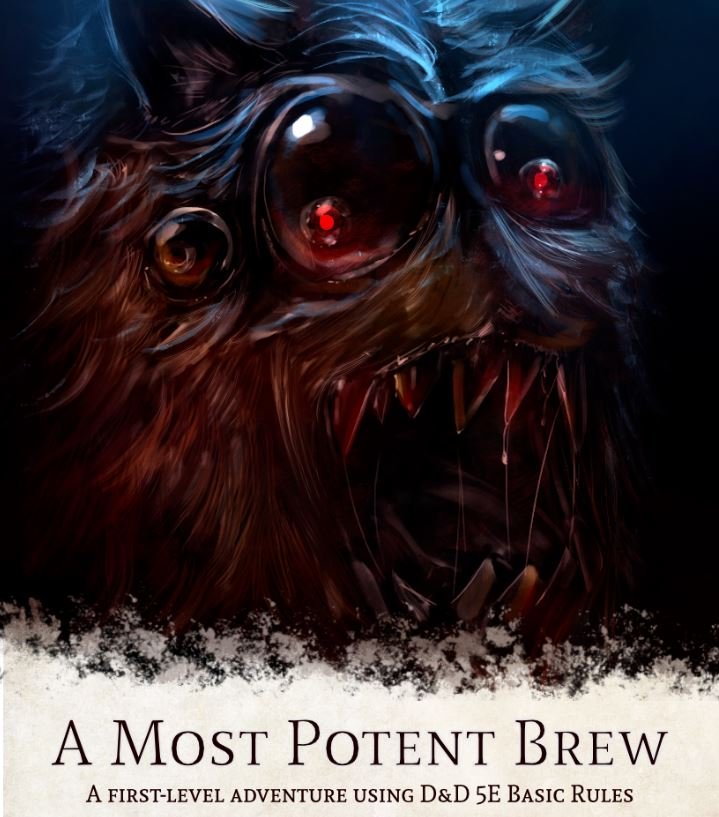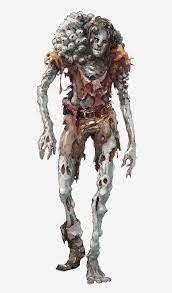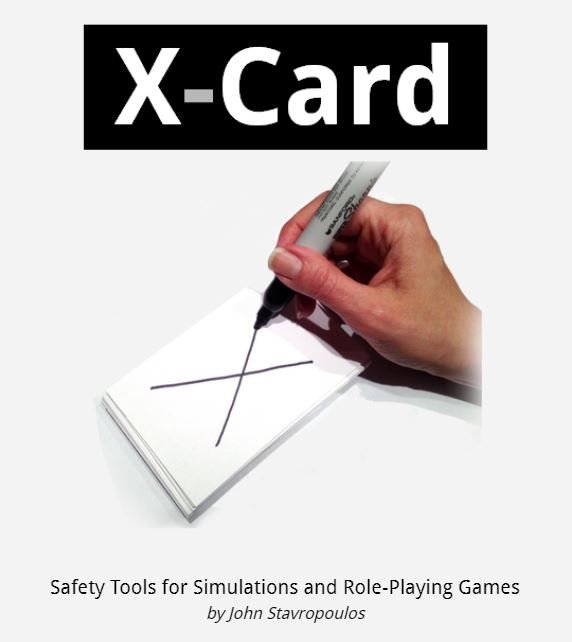Run a Dungeons & Dragons One-Shot this Halloween: 3 Spooky Adventures & Tips for DMing Them
The official art for Bhaal
One of the best things about Dungeons & Dragons is the ability to play whatever kinds of adventures you’re in the mood for, whether that’s a silly pirate adventure on the high seas, a peaceful quest across the countryside, or a dramatic political tale in vampire high society. With Halloween coming soon, many players are in the mood for one thing: spooks, scares, and skeletons (or your monster of choice). Fortunately, Dungeons & Dragons contains loads of fun monsters and creatures perfect for the season (I personally think that Bhaal, the Lord of Murder, is the coolest - check out his spiked hood and skull wings!). But newcomers to the game can find sifting through all of the available materials intimidating; luckily, there are many adventures out there that have already been put together. We’ve selected three great starter adventures for beginning Dungeon Masters that may be just the thing to get a Halloween one-shot together this spooky season.
A Most Potent Brew: Giant Rats and Spiders in an Underground Dungeon
Our first adventure recommendation is A Most Potent Brew by Richard Jansen-Parkes of Winghorn Press. It’s meant for player characters starting out at level 1, which makes it a great introduction for new Dungeon Masters and players alike. In it, a group of workmen discovered a pack of giant rats while trying to expand a brewery’s beer cellar, and the cellar owner commissions the players to eliminate them. On their journey, the party will solve riddles, use magical potions, and, of course, fight monsters: giant rats, giant centipedes, and even a giant inferno spider, a nasty monster created specifically for this adventure. If any themes need to be switched out, the brewery can be reskinned as a café, giant rats can be swapped with poisonous snakes or angry Kobolds, giant centipedes can be swapped with constrictor snakes, giant frogs, or goblins, and the giant inferno spider could be reskinned as a giant lava scorpion, a plant monster with flaming vines, or even a wizard with spider powers. Helpful player characters include clever or nimble characters to get past the riddle trap (like a wizard or a rogue), characters who are good at smashing monsters (like a barbarian or a fighter), and characters with natural resistance to the inferno spider’s fire (like a Tiefling or a Fire Genasi). If you ever find yourself running out of time, you can give hints for the riddle, skip one of the monster encounters, and/or move the inferno spider to an earlier room.
Midnight in Moonlight Grove: Family Curses, Evil Hags, and Moon Spirits in the Countryside
Our second adventure recommendation is Midnight in Moonlight Grove by Karl Kreutzer. It’s meant for player characters of levels 3-4, which is right when PCs start gaining cool class abilities, and it involves a bit of investigation, perfect for players who like a mystery. In it, adventurers will look into the strange happenings in a small village. Spoiler alert: they’re the doings of a hag named Old Rickety Greenteeth. She loosed a moon spirit on the town when the Abernathy family failed to hold up their end of an ancient bargain and is watching the chaos unfold. Player characters will explore the town, pick up rumors from the villagers, interrogate a moon spider queen, contend with Old Rickety’s traps in the ruins, and, hopefully, stop her from casting a terrible ritual to summon the Moon Spirit. If things need to be adjusted, you can easily switch out the Full Moon Spider Queen for a giant bat, giant owl, or pseudodragon that resides in the orchards; the hag can be attempting to magically create an shambling mound or a vampire spawn rather than summoning a spirit, and the sacrifice of the family curse can be changed from an offering of a firstborn to an offering of blood, money, or allegiance. Because of the amount of talking involved in solving the mystery, a high-Charisma character (such as a bard, paladin, sorcerer, or warlock) is very helpful, as is a character who can talk to the Spider Queen (like a bard, druid, or ranger), and a character who can combat the hag’s shapeshifting, invisibility, and spellcasting (like a cleric, paladin, or wizard). If you’d like to run this adventure in a single session, we recommend skipping the opening scene at the Orb and Flagon, summarizing the Abernathy’s request in a letter, and giving players lots of hints about the nature of the hag (remember, there are lots of potential places to go and people to talk to, but your players only need to choose a few of them)!
The Greybog Inn: A Gang of Thieves and a Horde of Zombies in a Decrepit Inn
This awesome art is from the D&D book Ghosts of Saltmarsh
Our final adventure recommendation is The Greybog Inn by Lightheart Adventurers. This robust adventure is for characters of levels 4-6, which makes it an ideal choice for players wanting to experiment with character options. In it, the party finds a decrepit inn, discovers a cartel of thieves inside and a horde of Bog Zombies outside, and must work together to defend the inn, searching the inn’s hidden rooms to find the magical pendant summoning the zombies, and destroy it. If you need to switch parts of the adventure, any zombified creatures (alligators, soldiers, and the captain) can be reskinned as vampire creatures, the cartel of evil murderers can be changed to neutral petty thieves, and the bog where the inn resides can be reskinned as a cave filled with vampire bats. Because the players will be facing undead creatures, a player character who can detect or destroy undead (such as a cleric or paladin) will come in handy, as will a high-charisma character (like a bard, paladin, sorcerer, or warlock) to work with the thieves, and a character attuned to arcane magic (like a sorcerer, warlock, or wizard) to search for the magical pendant. If you run low on time while playing this adventure, we advise cutting some of the roleplaying aspects with the cartel, revealing the existence of the pendant early, or skipping nonessential rooms in the Inn.
How to Read (and Run) an Adventure
The numbered map from A Most Potent Brew
Adventures like the ones we mention here are written specifically for you, the Dungeon Master, so that you know everything you need to know when you’re running the game. Adventures aren’t written like a novel or a blog post; they’re more like a dictionary where you can flip to the page with the information you need. Important information, like the NPCs your characters might meet, “plot hooks” to get your players involved in the story, locations your characters might travel to, and what they might find there, are usually listed out in tables or bullet points. Many adventures include maps of the areas your players might explore; these are often marked with numbers that correspond to text describing the room and its contents. One element that may be intimidating for newer Dungeon Masters is reading “stat blocks,” sets of information about a person or monster. They’re packed with jargon-heavy information; all of it is important, but it can be a lot to take in all at once! If you ever get lost, check out D&D Terms and Slang Every Beginner Should Know for help.
While you’re at the table, remember that frights and spooks are certainly meant to be scary, but they’re also meant to be fun. To make sure every player in your game has a good time (and doesn’t leave the game scarred for life, never wanting to play with you again!), we recommend using tools like John Stavropoulos’ X Card at your table. If ever your players “X” an element of the story, it can be reskinned, swapped, or skipped entirely; we’ve given a few recommendations for the adventures above. You also don’t have to do things exactly the way the adventure says; you can add your own ideas, too! Also don’t be afraid to take a break or ask for help, especially if you’re just starting out. If you’re playing with friends, they should be making sure that you have a good time just like they are.
Itching to Play? Join Us!
Trying to find friends to play with you can be difficult. And while being a Dungeon Master can be incredibly fun and rewarding, a one-shot can be a lot of work, and a full campaign is even more so! Here at Young Dragonslayers™ professional Dungeon Masters (yes, that’s a real thing!) like me run games for young players - as spooky or as low-key as you’d like them. If you want to learn, we also offer intro classes where we teach you how to play and an online course where you can learn to write and run your own adventures just like these!







